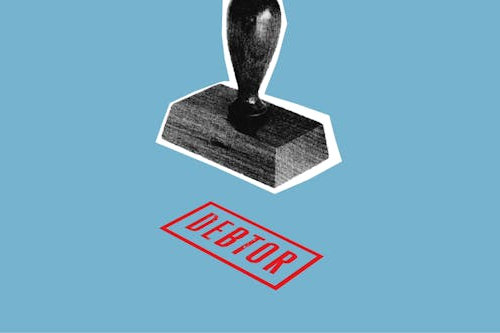Facing insolvency is a critical situation for any business, but it doesn’t have to be the end of a company. If you’re among the 8,089 companies that went insolvent in January 2024 itself, there’s still hope left for you.
Yes, you read that right!
With the correct strategies, it’s possible to navigate through this tough period and also emerge on a more stable financial footing.

photo credit: Monstera Production / Pexels
In this article, we will go through various steps you need to take if your company faces insolvency. This way, you can manage the crisis with precision and foresight.
Understanding the Warning Signs
The first step in managing insolvency is realizing that you’re heading towards it. Signs like consistent cash flow issues, escalating debts, and stretched credit terms can help you identify such a situation.
You must be proactive in acknowledging these signs as soon as they appear.
Early recognition provides more time to react and more options for addressing the issues at hand.
Check Your Financial Position by Conducting a Financial Review
You must thoroughly evaluate your company’s overall financial health before making major decisions. This means checking your assets, liabilities, cash flow forecasts, and current financial commitments.
This way, you will have a clear idea of where your money is coming from and where it’s going.
As a result, you can identify various areas for reducing costs or making changes in your business operations.
Communicate with Key Stakeholders
Engaging with Creditors and Suppliers
When running a business, it’s a no-brainer to have open lines of communication with your creditors, suppliers, and other key stakeholders. Inform them about your company’s financial status and the steps you are taking to address the situation.
Negotiating payment terms or seeking temporary relief can ease financial pressures and maintain business relationships during such times.
Support from Employees
Similarly, keeping your employees informed can help manage morale and maintain productivity. They need to understand the situation to adjust their expectations and continue supporting the company during its recovery phase.
Explore All Financial Options
Securing Emergency Funding
If additional funding can help you deal with the short-term liquidity issues, make sure to consider all available options. These options might include emergency business loans, asset financing, or even inviting new investors.
Each option comes with its own advantages and risks, so consider them carefully depending on your business’s specific situation.
Restructuring Debts
Debt restructuring is another option for you to consider. In simple terms, debt consolidation involves renegotiating terms with creditors and consolidating the existing debt. This can greatly reduce the monthly burden on your business.
While at it, you can turn to professional financial advisors or company insolvency practitioners to seek expert guidance during these negotiations.
Implement Cost Control Measures
Reducing Operational Costs
Scrutinize your operating costs and identify areas where you can make reductions without taking a major hit on your overall business.
Examples of this can include steps like:
- Downsizing your physical space
- Reducing staff hours
- Cutting non-essential
Regardless of the kind of decision you make, it’s important to keep it aligned with the financial goals of your business.
Increase Efficiency
When your business runs more efficiently, it makes perfect sense that there will be lower operating costs. So, this can be the perfect time to evaluate your business workflows and identify inefficiencies.
This is where procedures like automation can save the day by saving time and money.
Consider Legal and Formal Insolvency Procedures
Understanding Insolvency Procedures
Finally, if nothing seems to work out to avoid insolvency, acceptance is the only way to go. However, that doesn’t mean you won’t have to do anything on your end. This is the time to understand the legal procedures available.
For instance, figure out whether you have to go for administration, company voluntary arrangements (CVAs), or liquidation.
Each of these options will have different effects on the future of your business. So, it’s only logical to consider them individually and carefully.
Engage with an Insolvency Practitioner
A licensed insolvency practitioner can offer professional guidance on the best course of action at this step.
They can manage negotiations with creditors, oversee any formal insolvency procedures, and ensure that your company complies with legal obligations.
Plan for the Future
Develop a Recovery Plan
As you stabilise your company’s financial situation, start planning for recovery. This includes:
- Setting realistic goals for revenue
- Redefining business strategies
- Continuously monitoring financial performance against set targets
Learn from the Experience
Finally, you need to take this experience as a learning opportunity. Sit and realise what went wrong and why. These insights will come in handy when you build the next stronger and more resilient business model.
Conclusion
Facing insolvency is daunting, but it’s not a death sentence for your business. By taking proactive steps, communicating transparently, and seeking professional advice, your business can emerge stronger than before.


